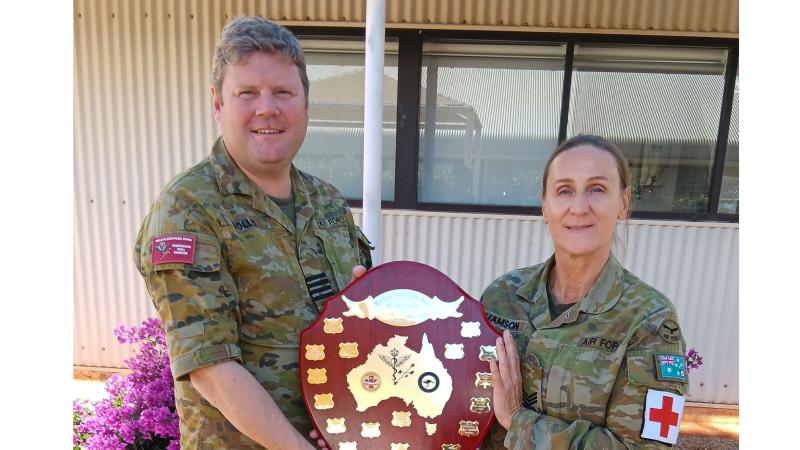A lot of hard work goes into organising a conference like this and I’d like to acknowledge the efforts of AMDA, the AHIA and AAUS – so well done to all and thanks to Ray, Julian, Justin, Greg and the team.
The rotorcraft sector continues to be a dynamic part of the aviation industry and society more generally, supporting medical evacs and rescue services and , firefighting, and play an integral role in Australia’s tourism, agriculture and resources sectors.
The outlook for helicopters remains good – a report by Fortune Business Insights estimates the value of the global market grew from $US48 billion in 2019 to almost $57 billion in 2022 and expects it to top $US76 billion by 2030. That’s a compound annual growth rate of 3.7%
In Australia, there’s been growth in the number of helicopters – from 2,505 in mid-2022 to 2,681 last month (up 7%).
About 60% of those are piston aircraft – mainly due to the popularity of the Robinson R22s and R44s – but there was more than 9% growth in turboshaft machines over the last two years.
The growth in aircraft was reflected in helicopter pilot numbers, which rose from 4,464 in mid-2022 to 4,701 last month (5.3%).
An area that needs addressing is participation by women – it’s just 4.85% for helicopter pilots. This is lower than the 7.2% female participation figure for all pilots.
We’ve yet to see how changes in technology and the arrival of advanced air mobility will affect these figures but you can be certain that change is coming. It is great to see that recognised with the AAUS AAM program running in parallel.
We’re working hard to make sure Australia is well-positioned in this complex emerging environment.
To do that we’re listening and responding to your concerns and engaging with industry as we work collectively to keep Australia one of the world’s safest operating environments.
Revised flight operations timelines
Hopefully most of you are aware we delayed the critical 2023 milestone dates for the flight operation rules and signalled the intention to extend the transition period for all of the regulations.
We wanted to ensure the focus is on safety benefits from this crucial program and to provide the flexibility that allowed everyone to comfortably make the changes.
This meant taking time to engage with industry, listen to feedback and then consider our own processes.
We’ve now released the revised timelines for training and checking systems for those of you working under Part 133 and Part 138, as well as for smaller aircraft operating under Part 135.
A key to this transition is a self-assessment by operators designed to make sure the accountable person is confident the training and checking system has been properly addressed in operational procedures.
We’ll rely on this assurance to inform whether more detailed assessment or surveillance is necessary.
Our new timeline means you have until 31 August this year to complete and submit a self-assessment checklist we’ve developed for your training and checking systems
You’ll also need to ensure we have a current copy of your proposed training and checking systems manual.
You’ll then have until 28 February next year to implement your systems.
We know that the initial sample operations manual for training and checking systems we provided to industry didn’t hit the mark and resulted in significant rework for both our staff and operators.
We’ve aimed to address any past misunderstandings and give you as much information as possible about this transition.
Improved guidance material includes a new sample training and checking manual.
We started industry briefing sessions last month and these are running across Australia through to the end of this month.
The briefings will give you insights into where we are in the transition process, what the new deadlines mean to you and run through the resources we’ve developed.
We’ll also show you how to use the new sample training and checking system manual and make a submission.








